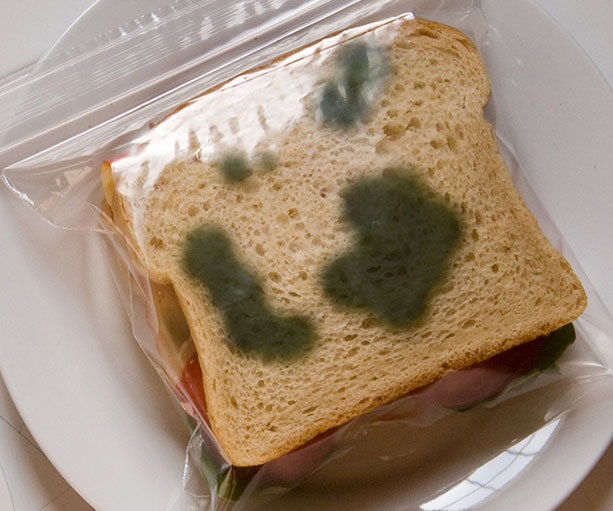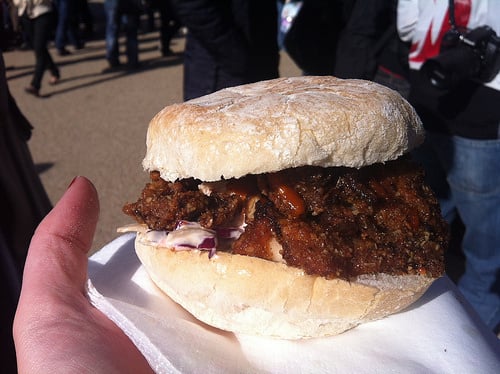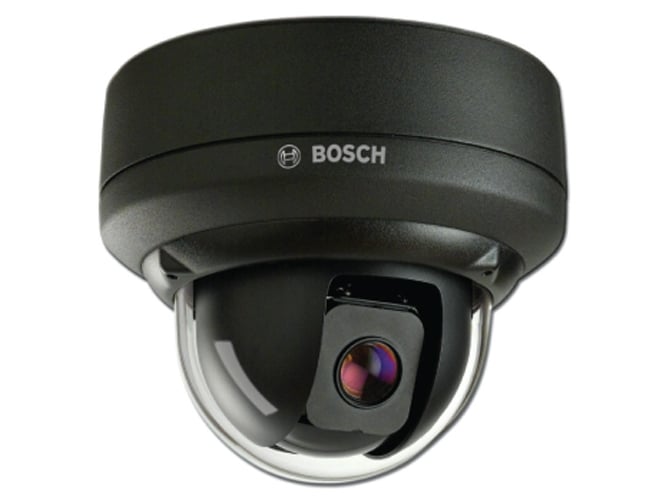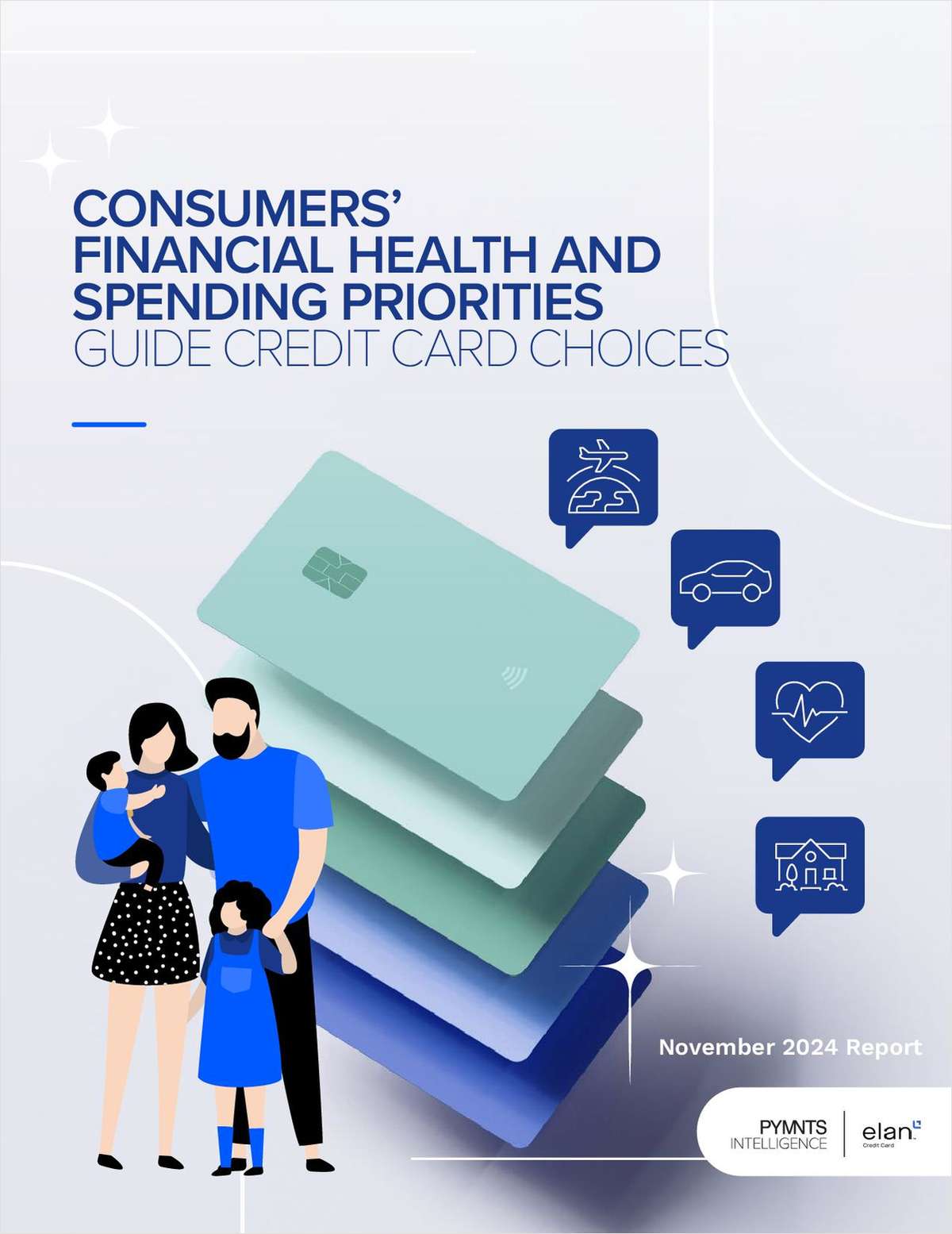There may be no more despised person in an office than the lunch thief.
It was a long and difficult morning. Maybe it was cold and rainy. Maybe all you got for breakfast was coffee or a cold English muffin, and you just came out of a 90-minute conference call. But waiting for you in the office refrigerator is your ham and cheese sandwich, beautiful ripe peach and oatmeal cookie your partner made for you.
But it wasn't there!
The Office Lunch Thief struck again and you must either unexpectedly buy another lunch or go without it.
Although no one tracks statistics on how many people have experienced office lunch theft, relatively high numbers of employees from different firms – from 40% to 80%, depending on the survey – told researchers they have stolen small items from work or that they would steal. In addition, it's reasonable to suppose at least some of those people might be open to stealing a lunch.
So if you have a lunch thief among your colleagues, what can you do about it?
In his recent book The (Honest) Truth about Dishonesty, Dan Ariele, a behavioral economist who teaches at Duke University, said that it is often more effective to encourage honesty than to punish dishonesty.
Most attempts to limit cheating come from a cost-benefit understanding of the problem, Ariele wrote. We think if we make the punishments harsh enough, people will cheat less.
However, there is no evidence that this approach works. Think of the death penalty. There is no evidence that it decreases crime.
Instead, Ariele suggested adopting an approach that recognizes a widespread propensity to commit small thefts and make it easier to avoid the temptation.
For example, he related how when an insurance company moved the signature on a mileage reporting form from the bottom of the document to the top so people were attesting that the information they were reporting was true before they filled out the form, rather than after, the amount of cheating went down by about 15%.
With that in mind, here are five strategies you can use to prevent losing your lunch to the opportunistic thief.
 1. Camouflage Your Food
1. Camouflage Your Food
This product works best in a crowded refrigerator where food is abandoned.
Lunch bags that make your sandwiches look like a science experiment are available for $0.30 each on Amazon.
Commenters on the site noted the bags serve a dual purpose of keeping roommates and colleagues away from food as well as providing a laugh or two.
 2. Label Your Food
2. Label Your Food
Eric Ryles, managing director at Judy Diamond Associates, a Washington DC based data firm that is also owned by ALM, stressed that he would not assume with the first or even second missing lunch that his lunch was being stolen, but that if it became clear that was the case he would start clearly labeling his food.
“It's the easiest approach and I like to start small,” Ryles said. “If that still didn't work I might start making snarky notes. 'This is Eric Lyles lunch – and not yours.”
If that still did not work, Ryles said he might consider labeling the food with the CEO's name.
Other variations of the food labeling approach could include labels that make the food appear tainted. “This is Eric's lunch and he licked it” or taking a bite out of the sandwich before storing it away for lunch.
But, as Ryles noted, if someone is already OK taking food you have brought from home, are they going to stop because of that sort of challenge?
The limited amount of research available on this topic agreed that notes, whining, haranguing, bleating and threatening letters did not work and may even make things worse. Several sources said the notes appeared to confirm for the thief that no one had any idea of who he or she was and thus reinforced their impunity and feeling of power.
 3. Adulterate Your Food
3. Adulterate Your Food
Now we are getting into the extreme solutions.
Jason D., who declined to give his last name, recounted how he had stopped a thief from taking his well-made and thick roast beef and ham sandwiches from the kitchen at a Ford dealership by having his girlfriend at the time take a picture of him spitting on the sandwich and then posting it in the lunchroom.
“On the one hand, I could understand the temptation. My wife Cherise makes an awesome sandwich,” Jason said. “But on the other hand … it happened more than once and, you know, I'm a good guy. If I see you don't have anything for lunch, I am liable to offer you half my sandwich. But to just take it, that's just rude.”
When asked whether he actually had spit on the sandwich, Jason shrugged his shoulders. “Did I or didn't I?” Jason said. “That's part of what made it effective,” adding that the sandwich thefts had stopped the next working day and never resumed.
However, Jason acknowledged the stunt was more effective if the sandwich owner were someone colleagues could imagine doing something like that.
“We could have put a picture up of Cherise spitting in a sandwich and put it up in her faculty lunchroom and it wouldn't have done any good because no one would have believed it, he said.
 4. Don't Put Your Lunch in the Fridge
4. Don't Put Your Lunch in the Fridge
“I have been very fortunate that I haven't really had my lunch stolen all that often,” said William Moomaw, senior research associate at JDA “But I think generally I would go for strategies that protected my lunch more than punished a thief, so I would bring things for lunch that don't need to be refrigerated.”
Since he also likes to cook, Moomaw said another approach might be to prepare unique foods for lunch that need refrigeration, but which he didn't expect other people to like very much.
Foods such as haggis, a traditionally Scottish dish that consists of the heart, liver, and lungs of a sheep or a calf minced with suet, onions, oatmeal, and seasonings and boiled in the stomach of the animal; pickled eggs or beef tongue might deter an office thief, Moomaw speculated. But then you would have to eat them so you would have to like them too.

The final tactic is to make the place where office food is stored a more public and busy space. Executives suggested two ways: Point a security camera at the refrigerator or move the refrigerator to a more public space.
One source, who declined to speak for the record to avoid embarassing her previous employer, finally installed a camera in the kitchen after it became clear that haranguing notes and even letters from HR failed to deter the thefts.
“I don't know the camera was ever even hooked up,” she said, “but it being there made the thefts stop.”
Stefanie Depew, site supervisor at a small business in Arlington, Va., described how her previous employer, an accounting firm where she had been an office manager, had cooperated with other firms to thwart office food theft.
“We had three firms, each with about five or six employees that used the same kitchen space down the hall from each of our office areas,” Depew explained. “For the longest time it was a general rule that if you wanted to make sure you had your lunch, you had to keep it at your desk and not put it in the fridge. Finally, our boss met with the other executives in the building and went together to the landlord to put the fridge in the hallway outside the kitchen, where there was a lot of traffic.”
Depew explained that staff still heated and prepared food in the kitchen, but that food was stored in hall fridge where people could more easily see who took what. “Solved the problem immediately,” Depew said.
Complete your profile to continue reading and get FREE access to CUTimes.com, part of your ALM digital membership.
Your access to unlimited CUTimes.com content isn’t changing.
Once you are an ALM digital member, you’ll receive:
- Breaking credit union news and analysis, on-site and via our newsletters and custom alerts
- Weekly Shared Accounts podcast featuring exclusive interviews with industry leaders
- Educational webcasts, white papers, and ebooks from industry thought leaders
- Critical coverage of the commercial real estate and financial advisory markets on our other ALM sites, GlobeSt.com and ThinkAdvisor.com
Already have an account? Sign In Now
© 2024 ALM Global, LLC, All Rights Reserved. Request academic re-use from www.copyright.com. All other uses, submit a request to [email protected]. For more information visit Asset & Logo Licensing.









